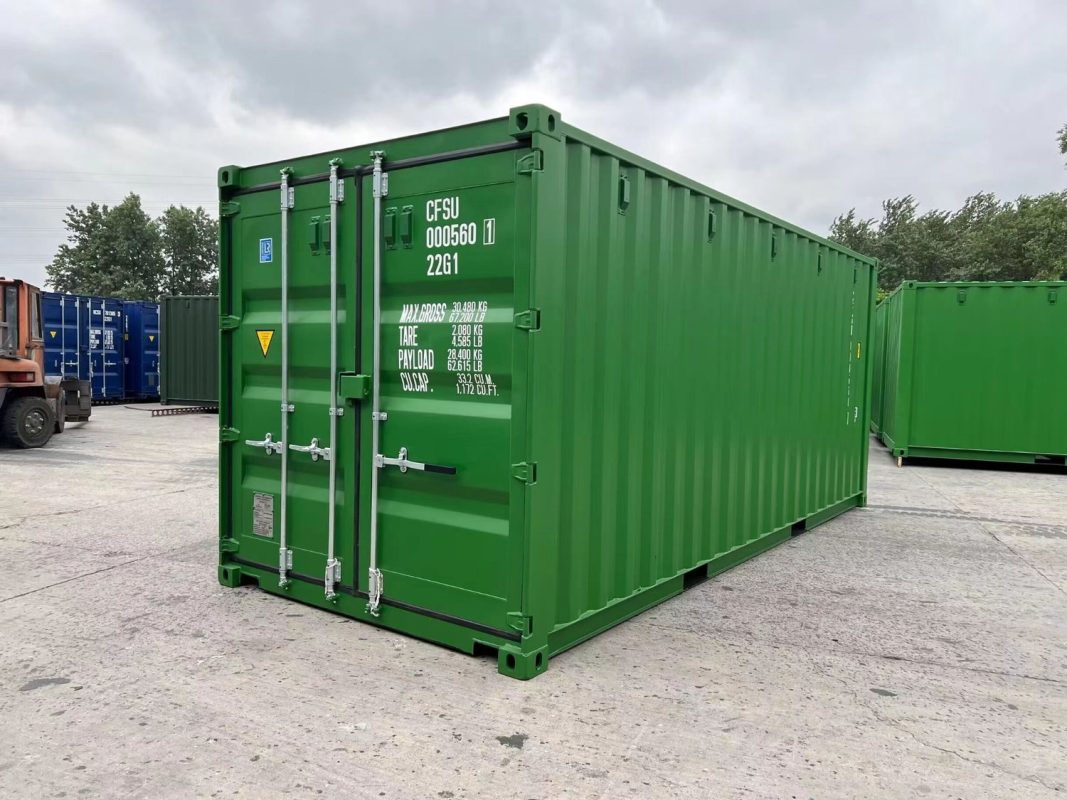From Shipping Containers to Schools: Transformative Educational Spaces

In the ever-evolving landscape of education, the quest for innovative and sustainable solutions has led to a remarkable trend: the transformation of shipping containers into functional, modern schools. This creative repurposing not only addresses pressing issues like overcrowding and high construction costs but also aligns with contemporary values of sustainability and adaptability. Let’s delve into how shipping containers are reshaping the educational environment and the benefits they bring to students and communities.
A Novel Solution to Overcrowding
One of the most significant challenges faced by educational institutions globally is overcrowding. Traditional school buildings often struggle to accommodate the growing number of students, leading to cramped classrooms and diminished learning experiences. Shipping containers offer a practical solution to this problem. Their modular nature allows for quick, flexible construction, making them ideal for creating additional classroom spaces on school grounds.
Cost-Effective Construction
Building a new school or expanding an existing one can be a dauntingly expensive endeavor. Shipping containers provide a cost-effective alternative to traditional construction methods. They are relatively inexpensive to purchase, and their prefabricated nature reduces labor and material costs. Additionally, the speed at which containers can be modified and assembled into functional classrooms translates to savings in construction time, allowing schools to address urgent needs swiftly.
Sustainability and Eco-Friendliness
In an era where sustainability is paramount, shipping container schools stand out as an eco-friendly option. Containers are often repurposed from their original use, reducing waste and promoting recycling. The construction process also typically involves less material waste compared to conventional building methods. By opting for shipping containers, educational institutions not only save money but also contribute positively to environmental conservation.
Innovative Design and Flexibility
Shipping containers are highly versatile and can be customized to fit various educational needs. Their modular design allows for the creation of unique, adaptable learning environments. Schools can design container classrooms with modern amenities, such as air conditioning, heating, and high-speed internet, to ensure a comfortable and effective learning experience.
Moreover, containers can be stacked or arranged in different configurations, offering flexibility in design. This adaptability makes them suitable for various purposes, from traditional classrooms to specialized spaces like art studios or science labs. The ability to reconfigure these spaces as needed ensures that educational institutions can respond to changing requirements and trends.
Community Impact and Outreach
Transforming shipping containers into schools also has a positive impact on local communities. In regions where traditional school infrastructure is lacking or damaged, container schools provide a rapid and effective solution. They can be deployed in areas affected by natural disasters, conflict, or economic challenges, offering displaced or underserved communities access to education.
Furthermore, container schools can serve as community hubs, hosting events, workshops, and programs that extend beyond the classroom. This fosters a sense of community engagement and support, enriching the educational experience for students and families alike.
Success Stories Around the World
Several inspiring examples illustrate the successful integration of shipping containers into educational settings. In Kenya, the non-profit organization Shining Hope for Communities (SHOFCO) has implemented container classrooms in underserved areas, providing quality education to thousands of children. Similarly, in the Philippines, container schools have been used to address the educational needs of communities affected by natural disasters.
These success stories highlight the transformative potential of shipping container schools and underscore their viability as a sustainable solution to global educational challenges.
Conclusion
Shipping containers have proven to be more than just transport vessels; they are becoming powerful tools for transforming educational spaces. By offering a cost-effective, sustainable, and adaptable solution to overcrowding and infrastructure challenges, container schools are paving the way for a more innovative and inclusive approach to education. As this trend continues to gain momentum, it holds the promise of reshaping how and where learning takes place, ultimately contributing to a brighter future for students around the world.

